About Latrine pubbliche
Ancient Roman public latrines, located along the Clivo Argentario, offer a fascinating glimpse into the daily life of Rome's citizens. These communal facilities, often overlooked, were essential to the urban infrastructure of ancient Rome. Constructed with practicality in mind, the latrines feature a series of stone seats with keyhole-shaped openings, arranged in a semi-circular or linear fashion. Beneath these seats, a continuous flow of water ensured cleanliness, a testament to the advanced engineering skills of the Romans.
These latrines were more than just functional; they were social spaces where Romans would gather, converse, and conduct business. The presence of such facilities highlights the Roman emphasis on public health and hygiene, as well as their sophisticated approach to urban planning. The latrines were often located near public baths, markets, and forums, making them accessible to all citizens and integrating them into the daily rhythm of Roman life.
Marks of Time: Architectural Features
The stone seats, worn smooth by centuries of use, speak to the durability and practicality of Roman engineering. The latrines were typically adorned with marble or mosaic decorations, reflecting the Roman appreciation for beauty even in utilitarian spaces. The water channels, still visible today, demonstrate the ingenuity of Roman plumbing systems, which relied on gravity to maintain a constant flow of water, ensuring the latrines remained clean and odor-free.
Plan your perfect trip to Rome with Travo! Download now and start exploring.
Stories in Stone: Social Dynamics
Public latrines were places of social interaction, where people from all walks of life would meet. The open design, with no partitions between seats, encouraged conversation and camaraderie. This communal aspect of Roman life is reflected in the design of the latrines, which facilitated not only the practical need for sanitation but also the social fabric of the city. The latrines were a microcosm of Roman society, where class distinctions were momentarily set aside in the shared human experience.
Details That Speak: Engineering Marvels
The sophisticated water management system of the latrines is a testament to Roman engineering prowess. The aqueducts that supplied water to the city also fed the latrines, ensuring a constant flow that carried waste away to the Cloaca Maxima, Rome’s great sewer. This system not only maintained hygiene but also demonstrated the Romans' ability to harness natural resources for public benefit. The latrines, with their efficient design, were an integral part of the urban landscape, contributing to the health and well-being of the population.
Living History: Modern Connections
Today, the remains of these public latrines offer a tangible connection to the past, allowing visitors to step into the daily life of ancient Rome. They serve as a reminder of the Roman commitment to public welfare and the sophisticated infrastructure that supported one of history’s greatest civilizations. As visitors explore these ancient sites, they are invited to reflect on the continuity of human needs and the enduring legacy of Roman innovation in public health and urban planning.
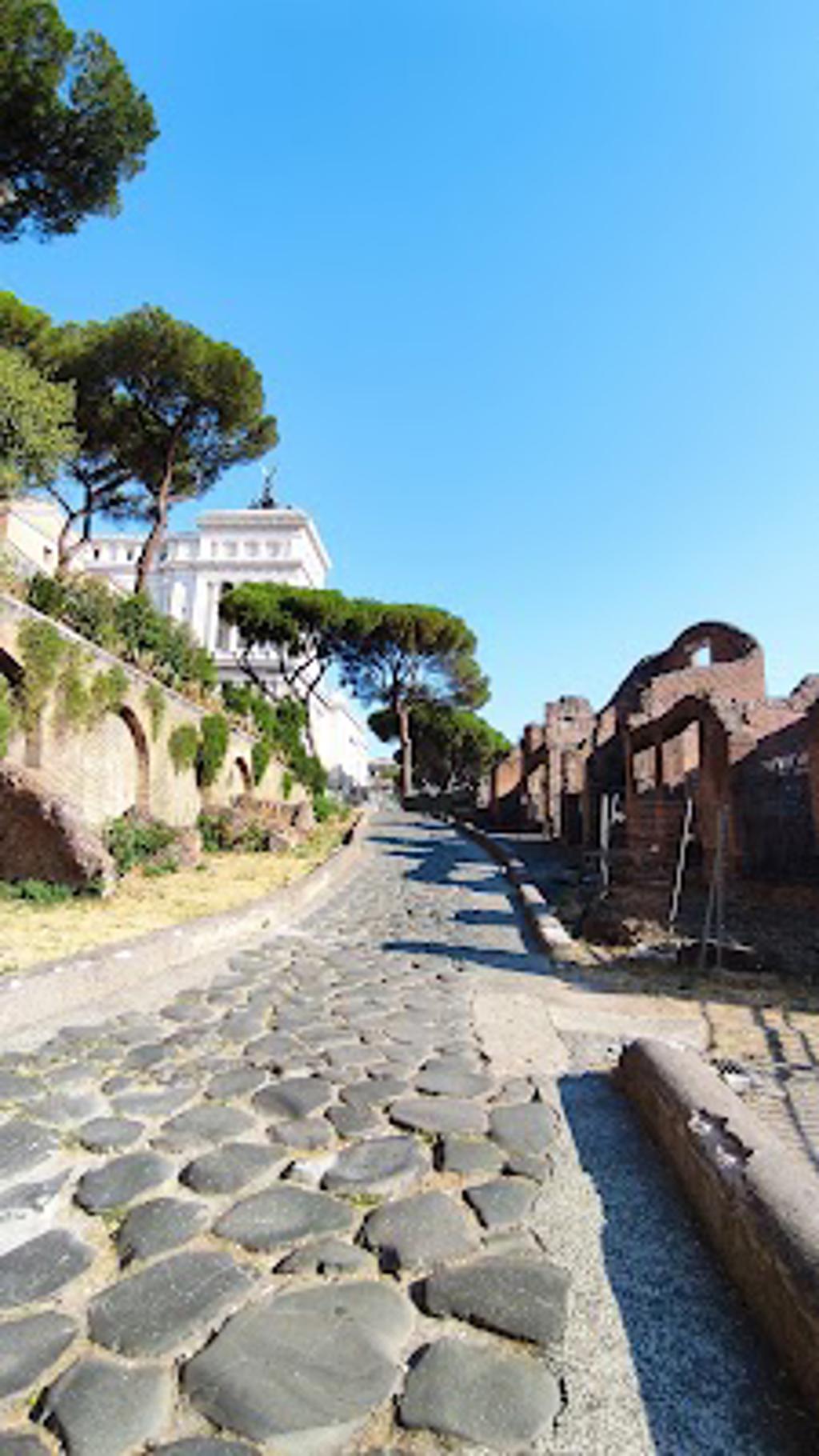
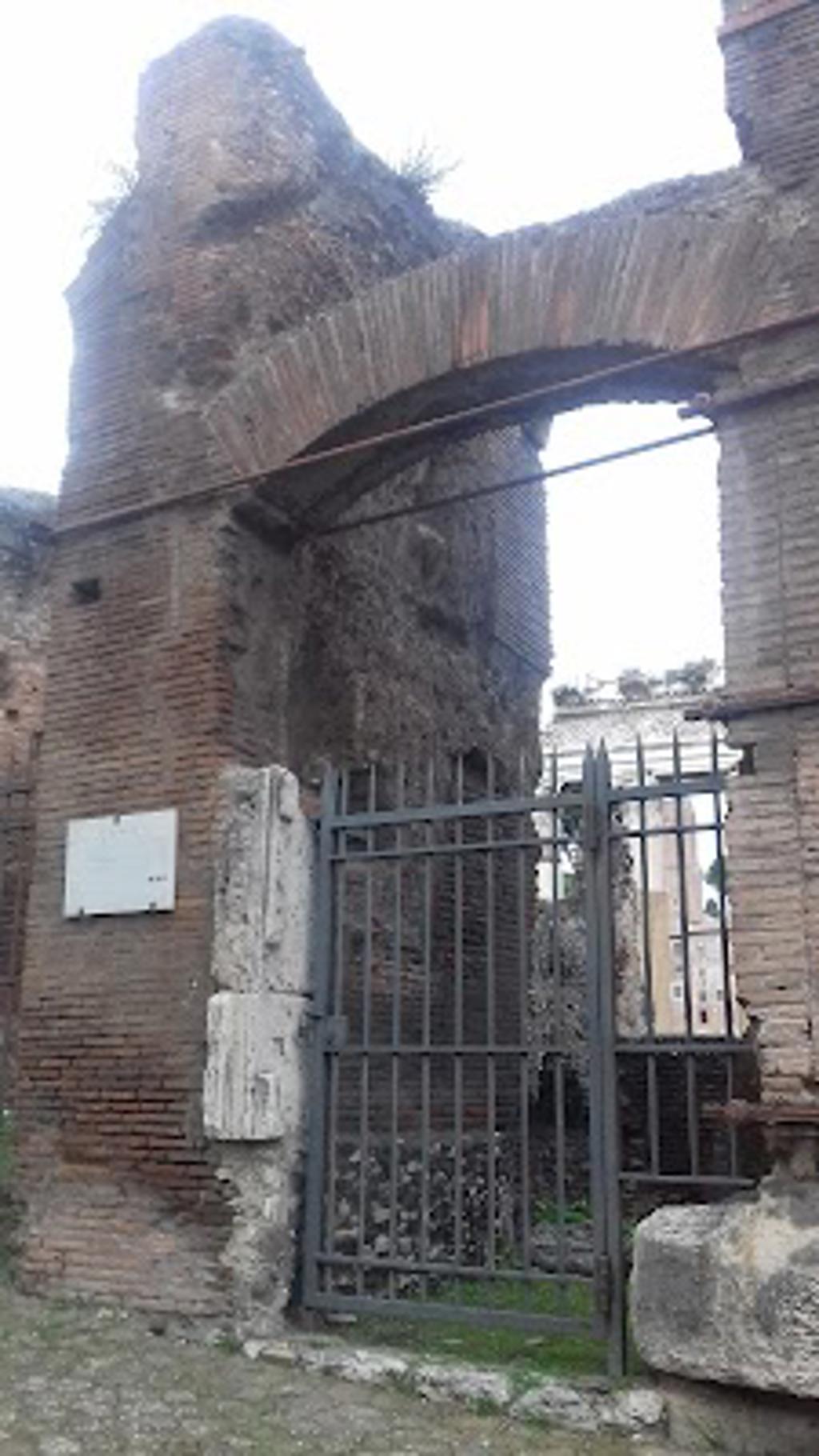
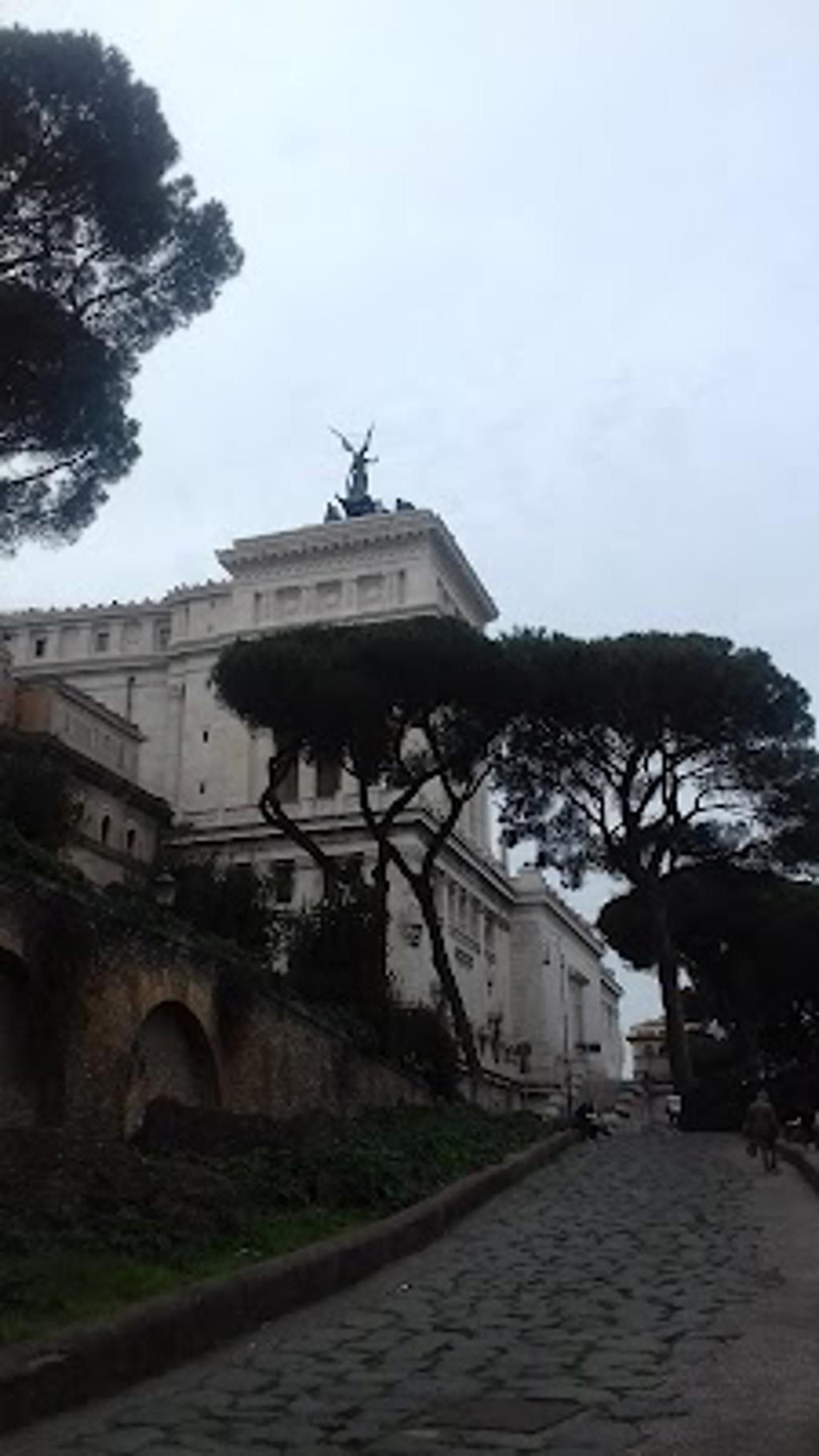
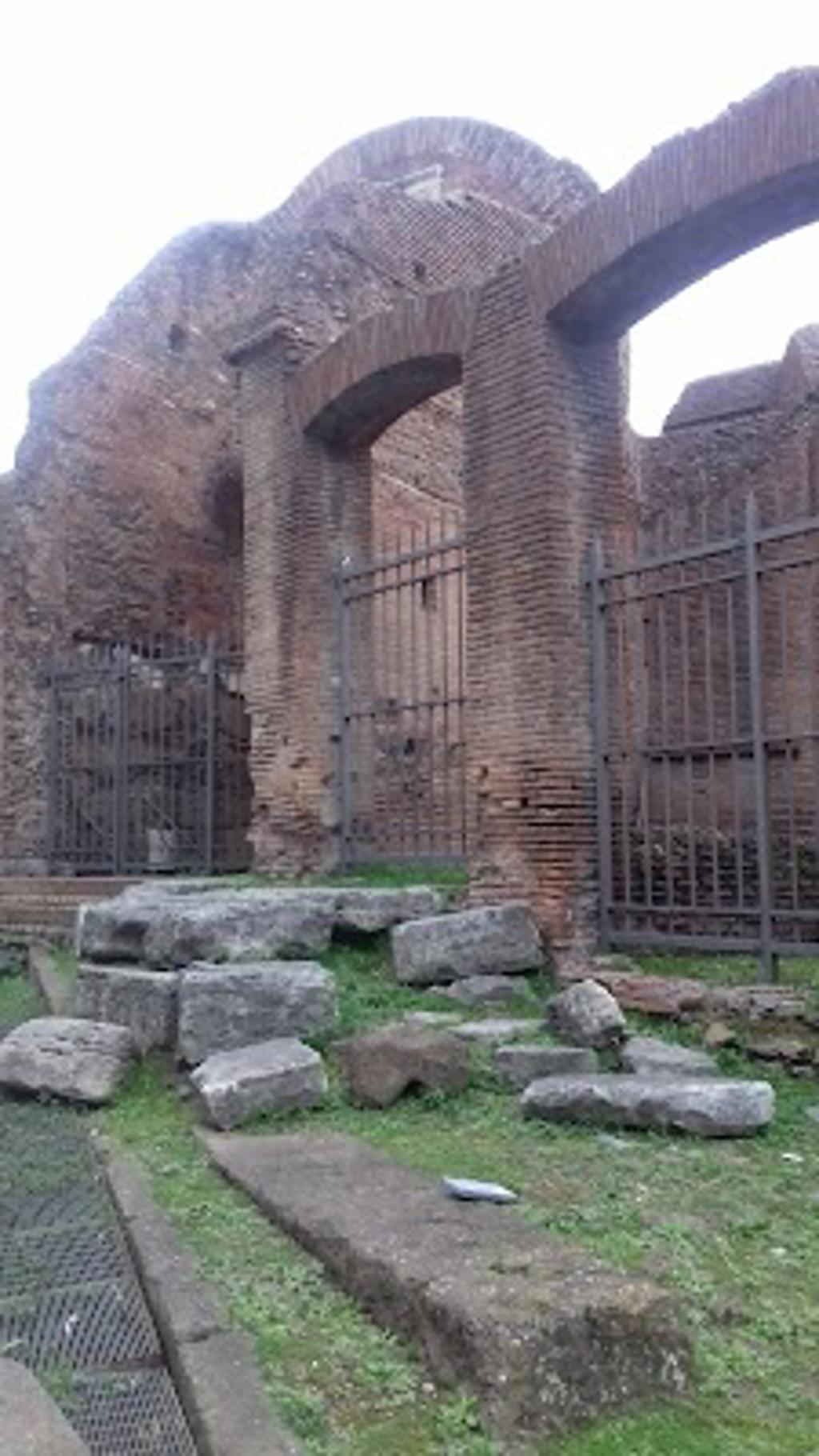
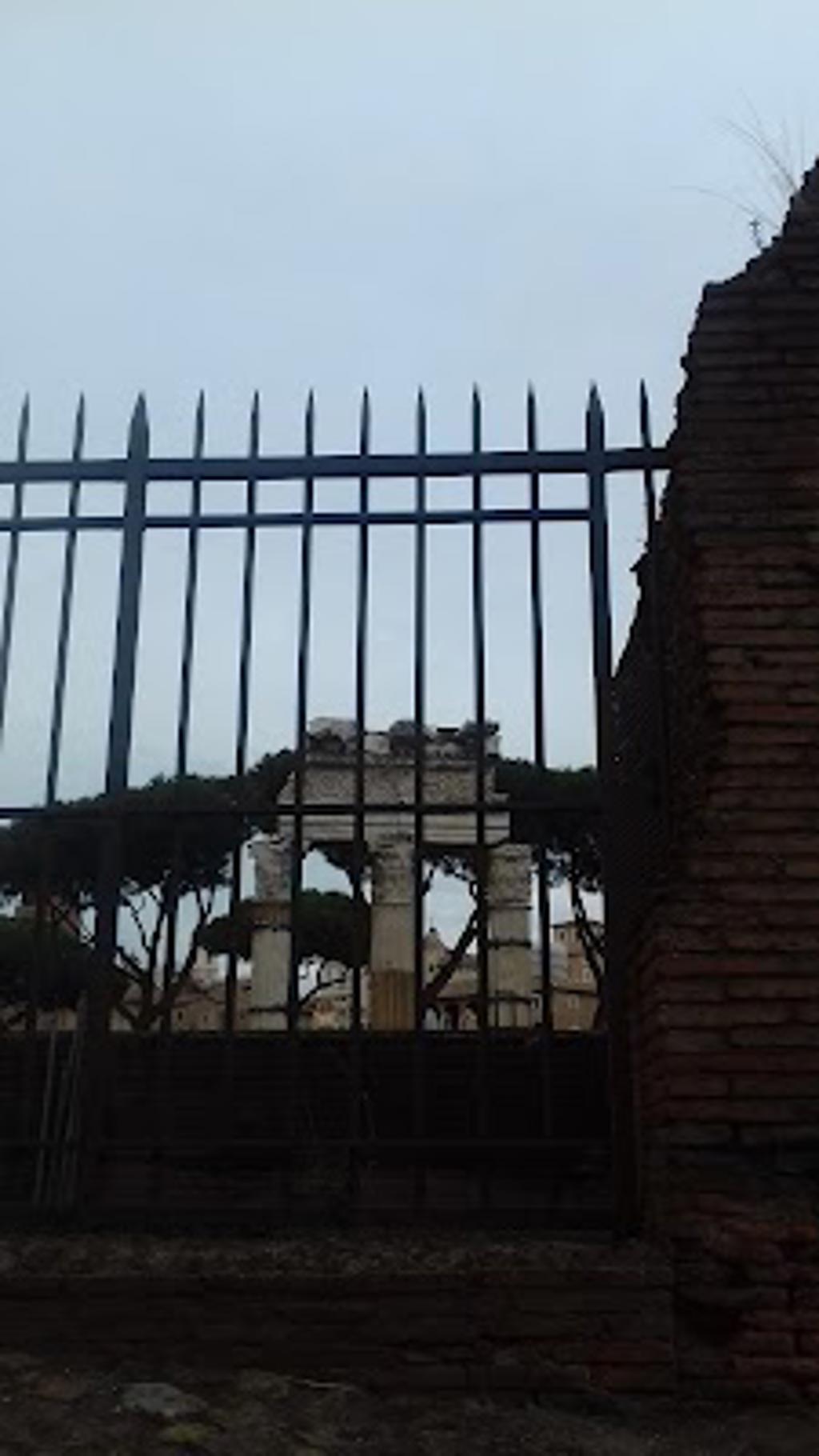
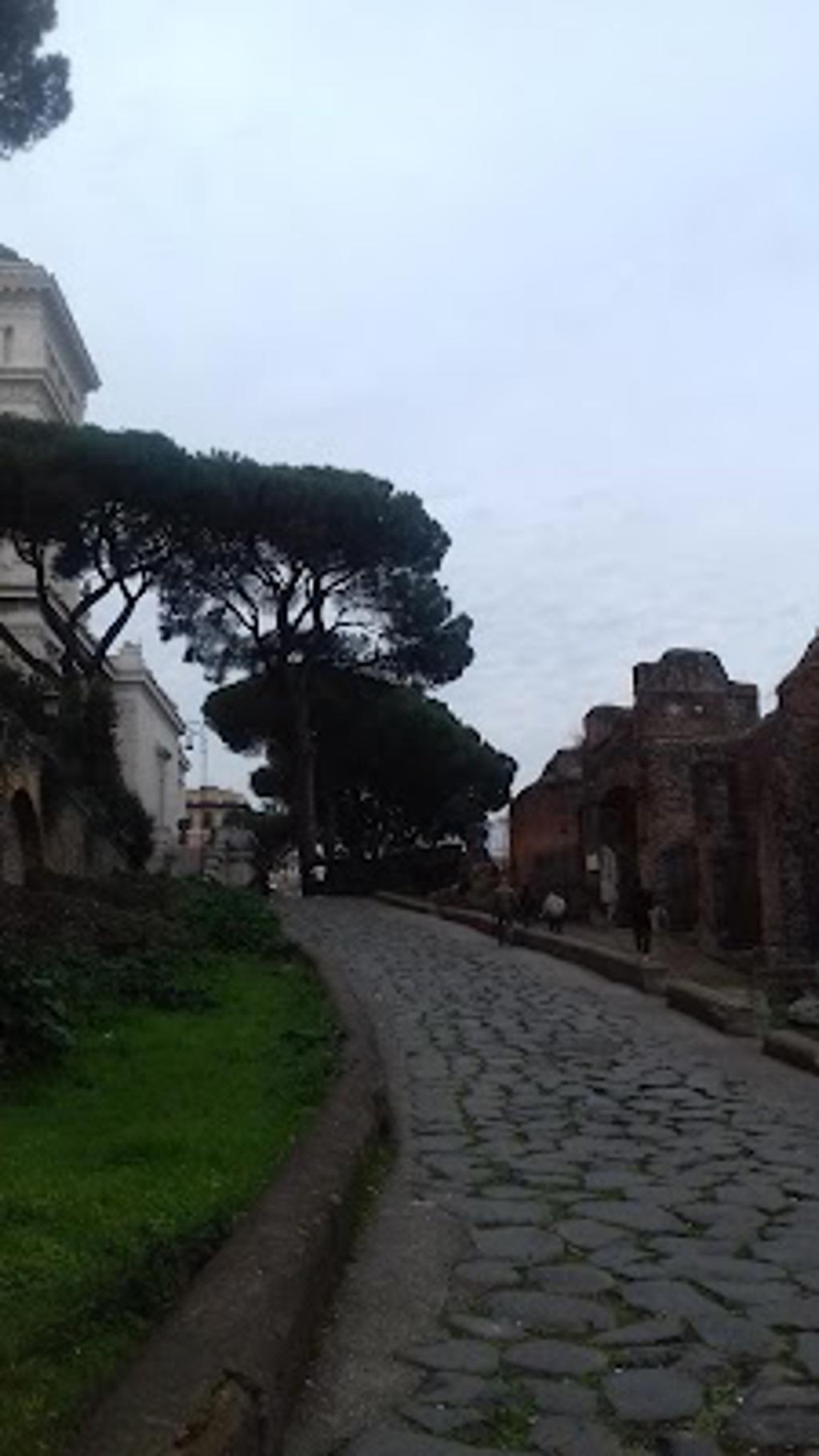
Map loading...
Location
Clivo Argentario, 00187, Rome
